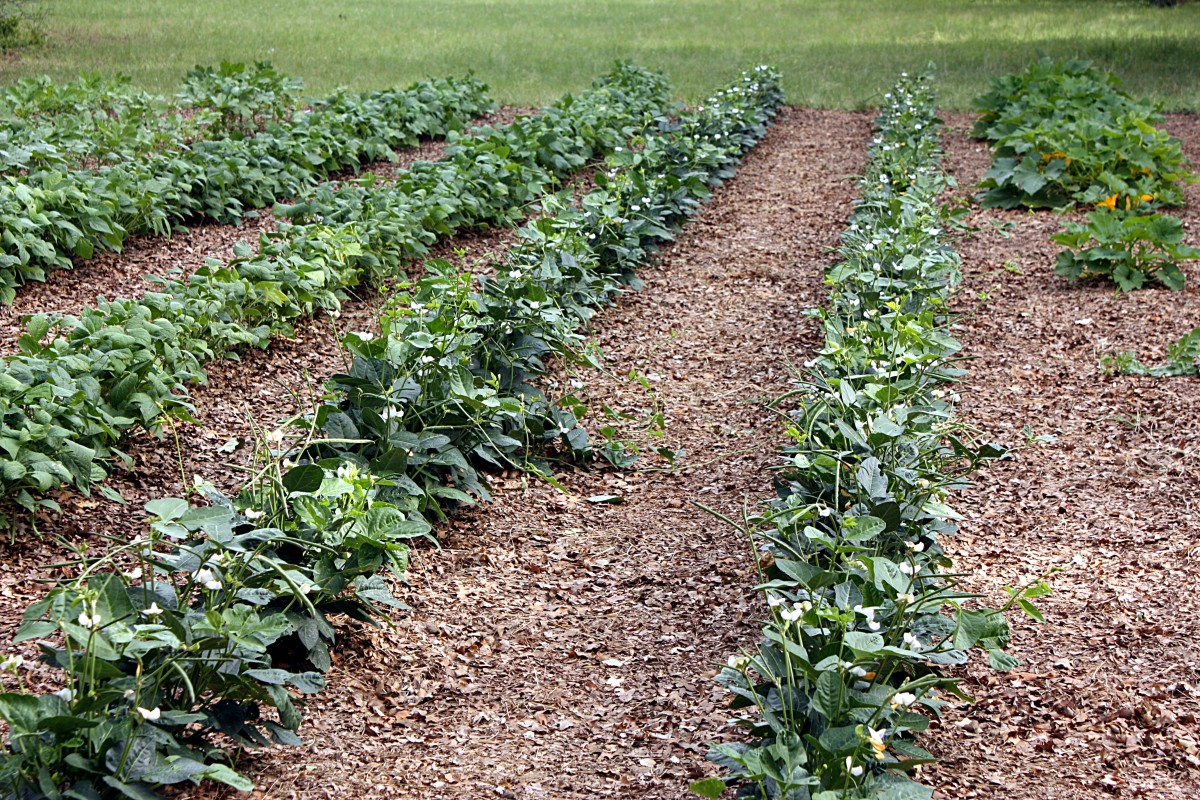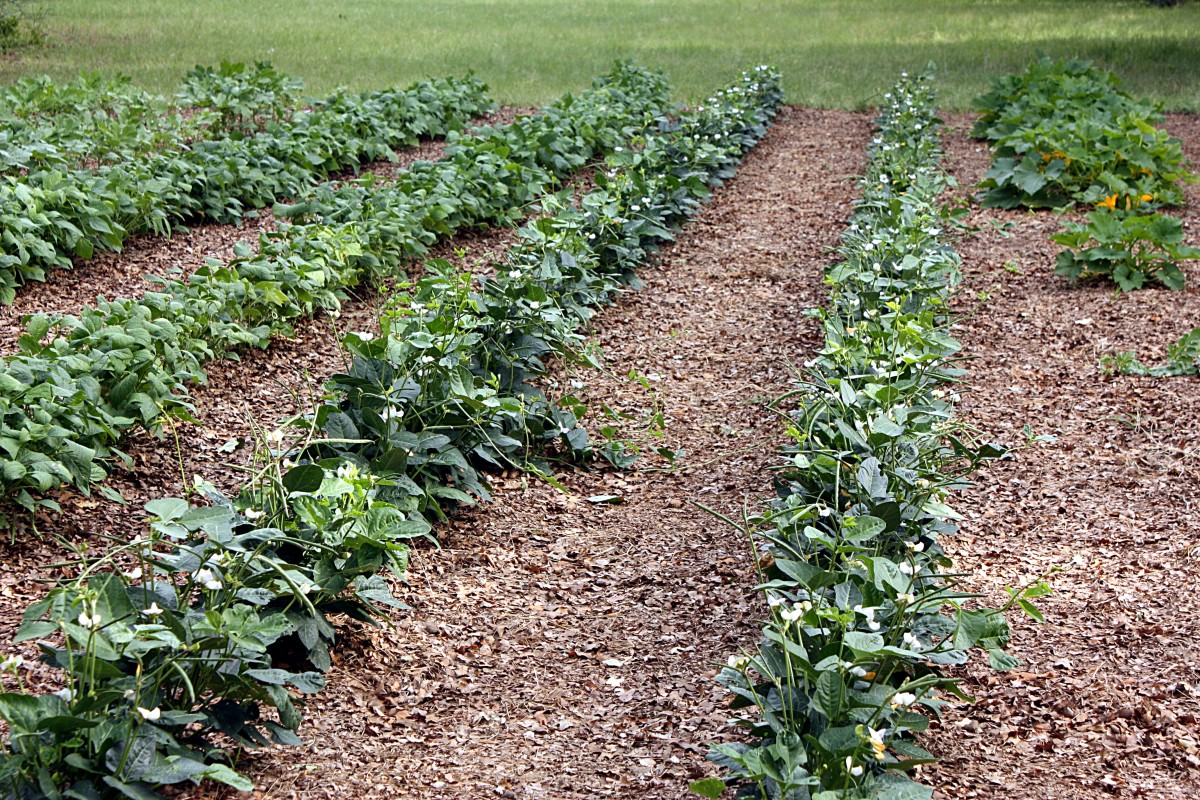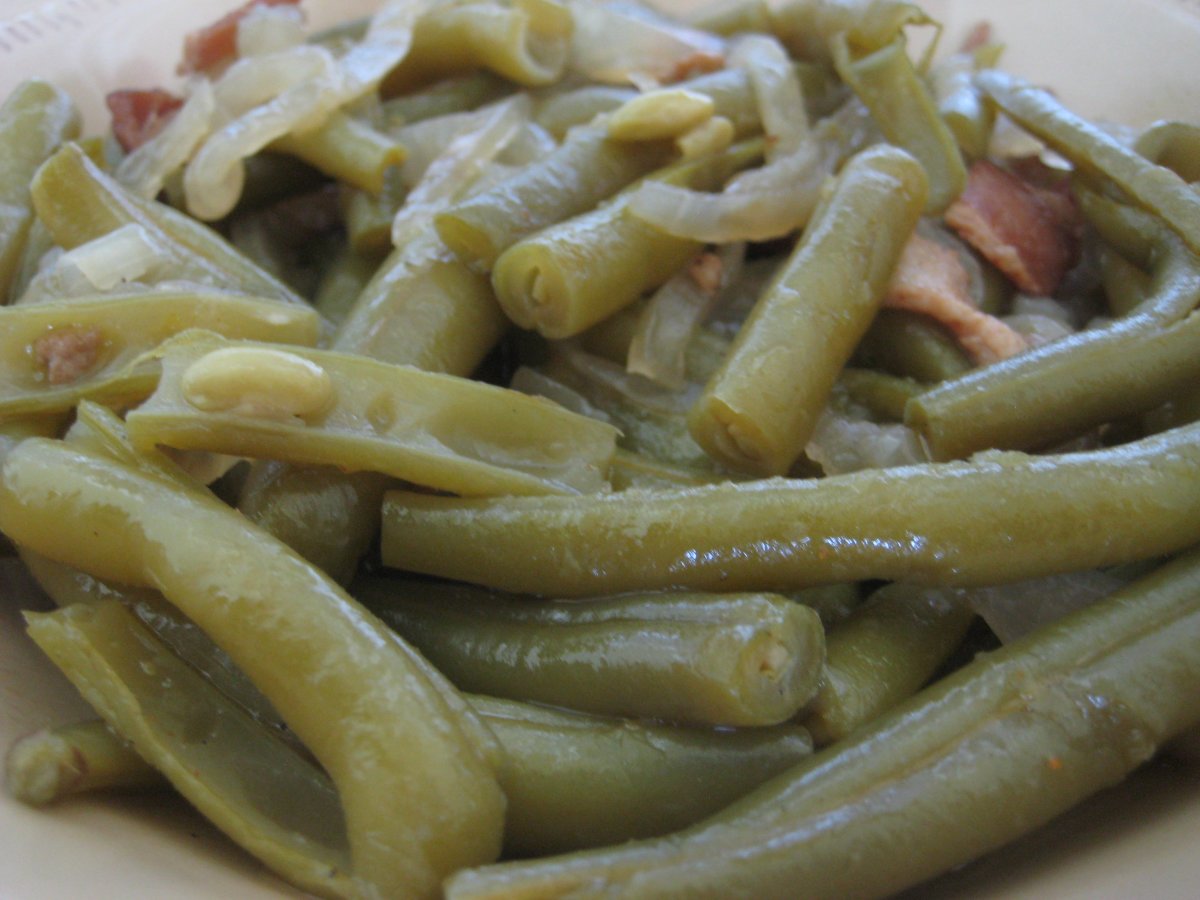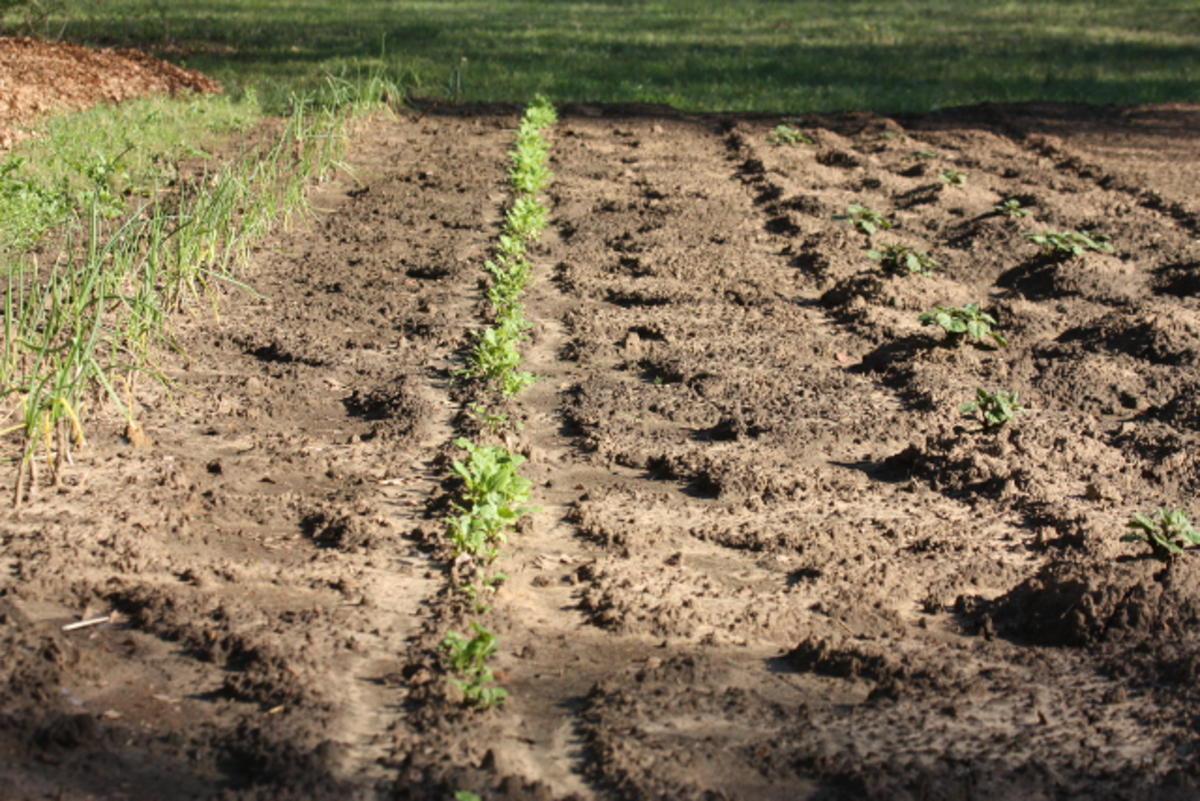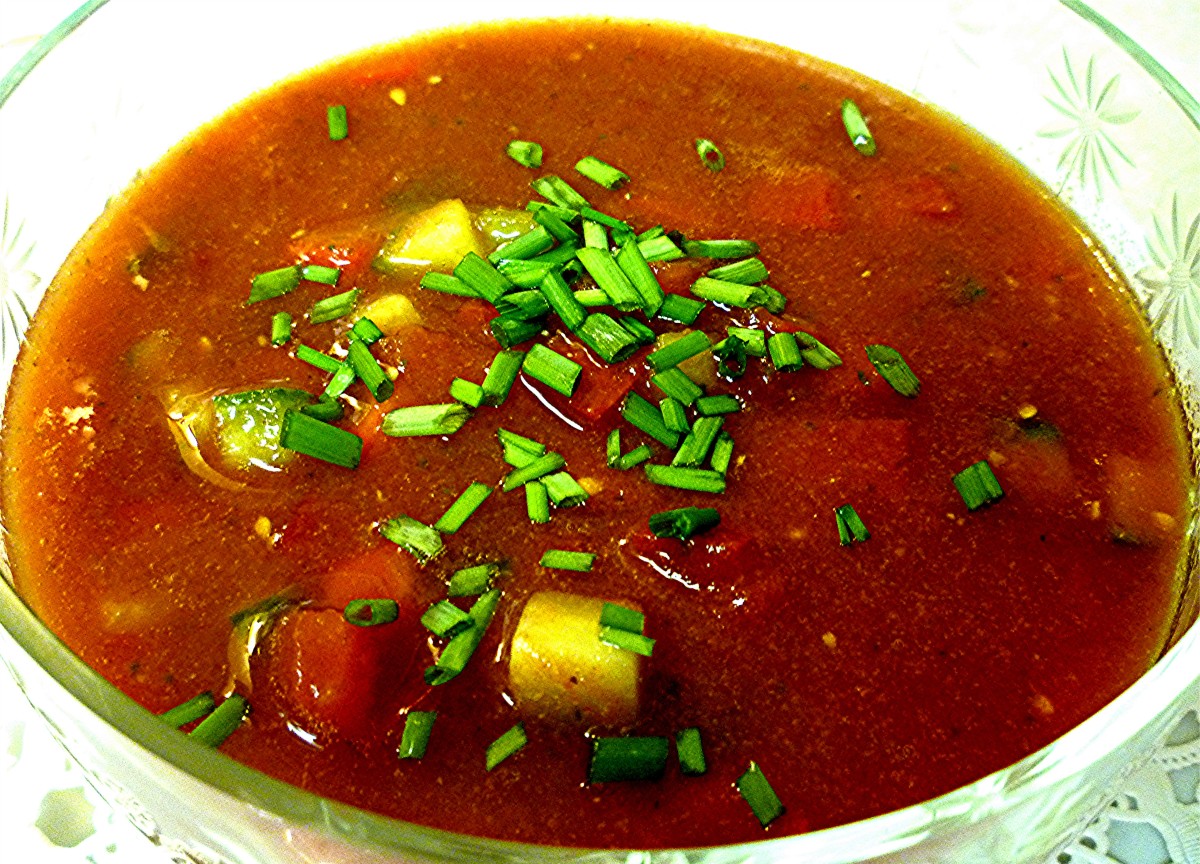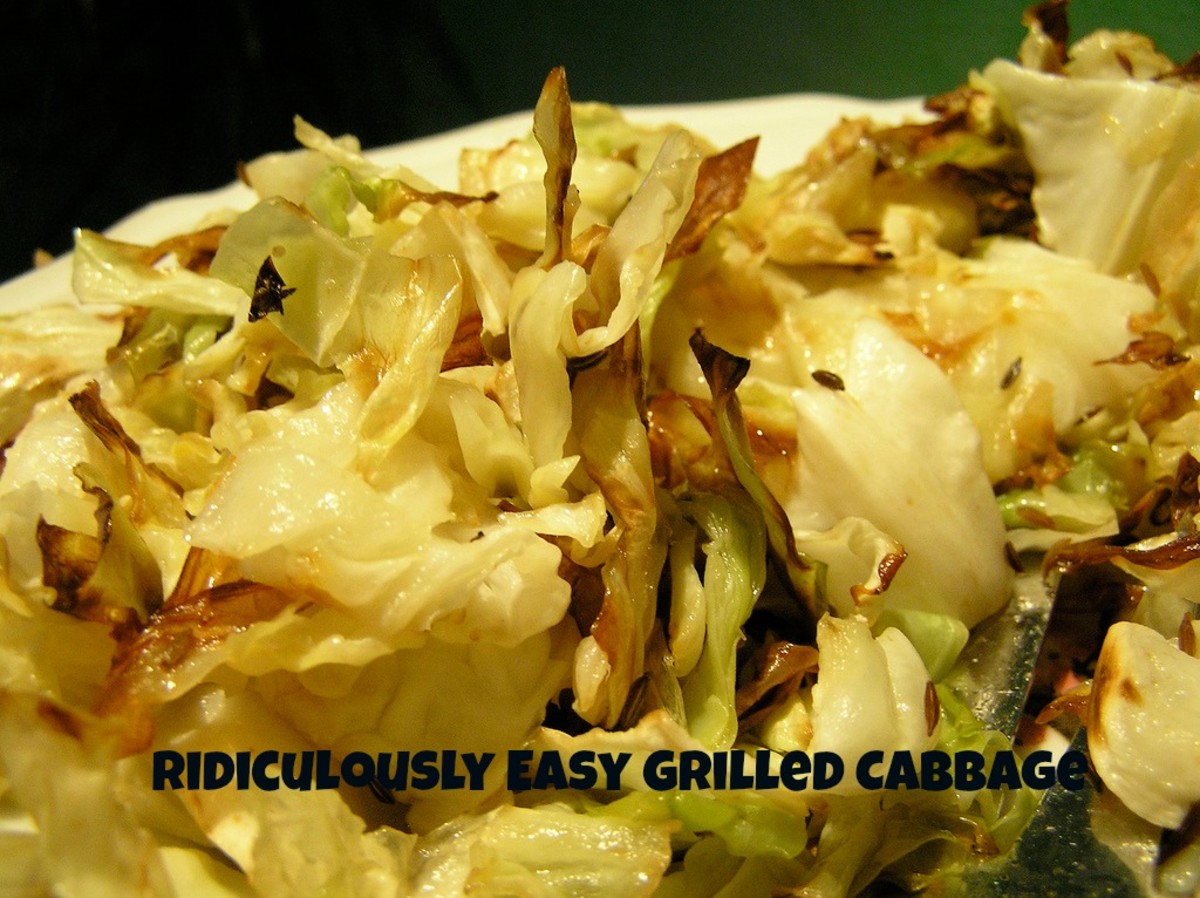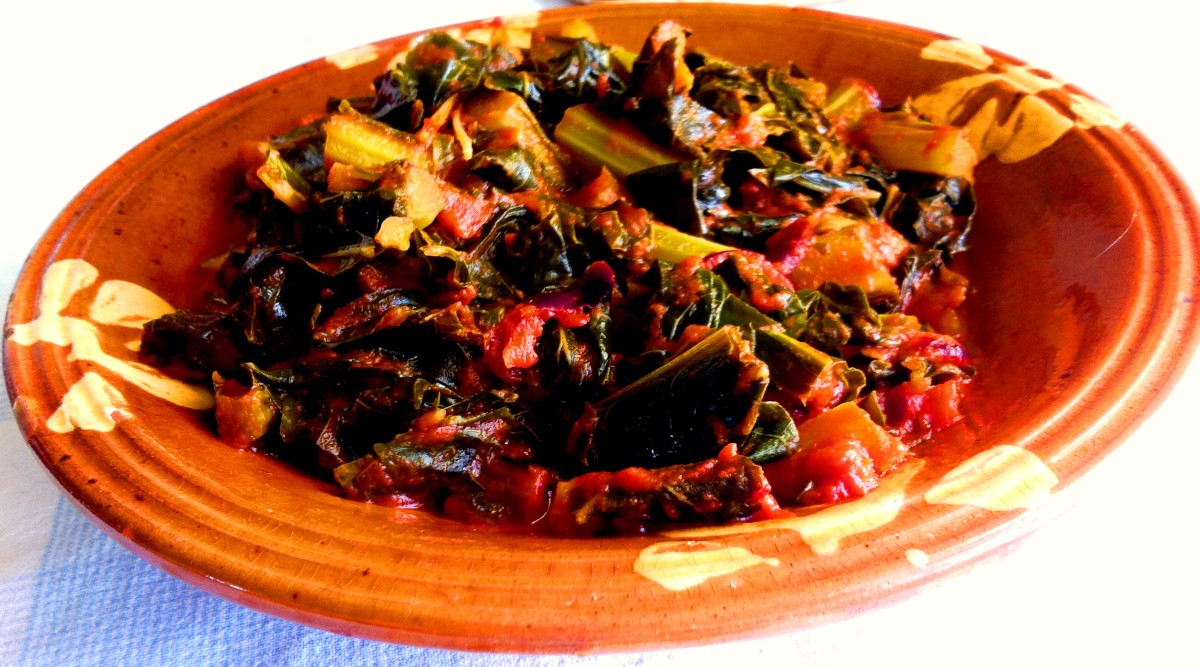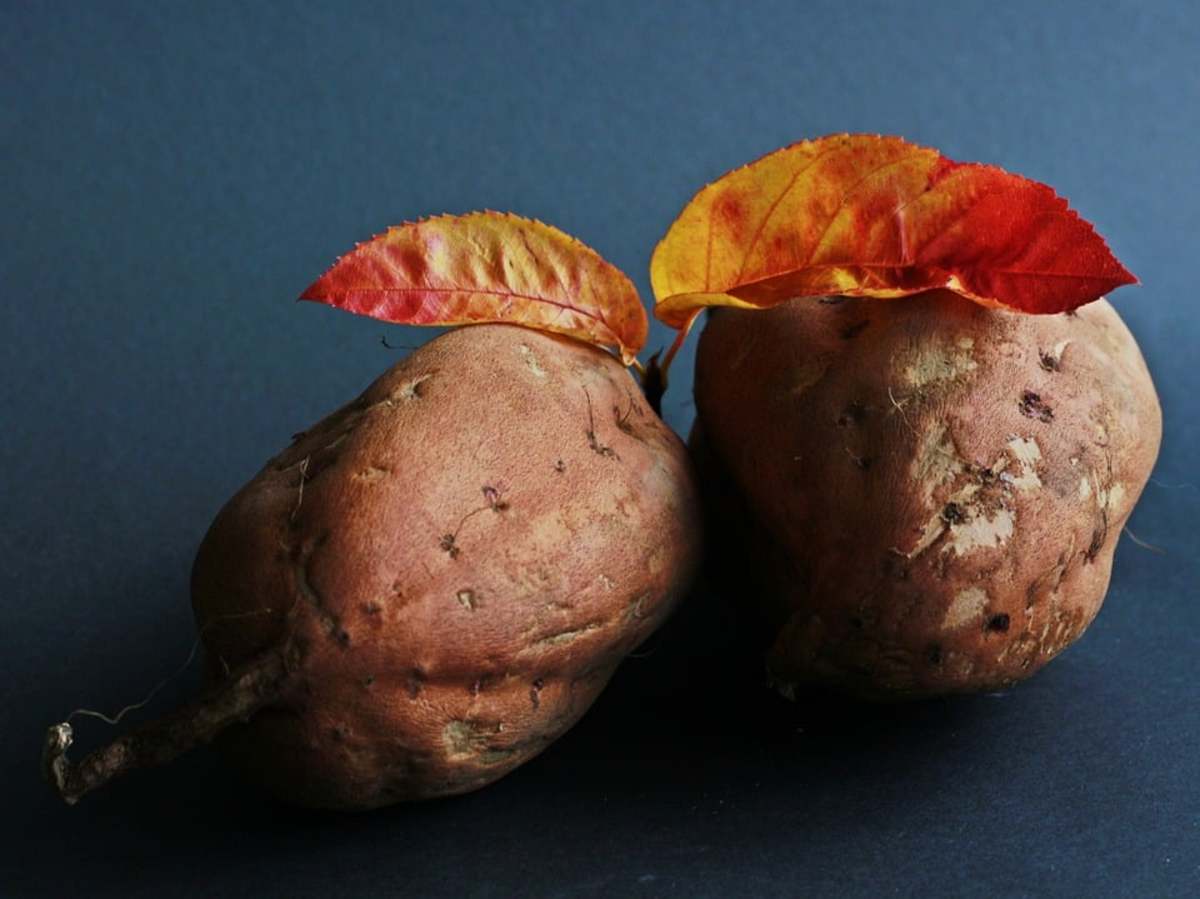My Mother's Cooking - Fresh Garden Vegetables
My Mother's Cooking - Fresh Garden Vegetables
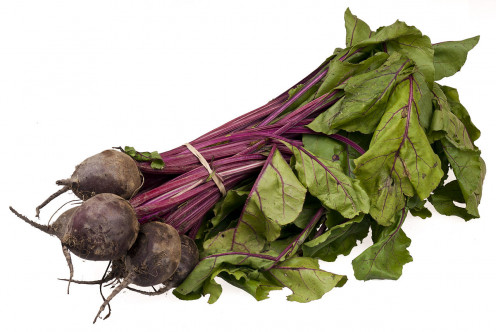
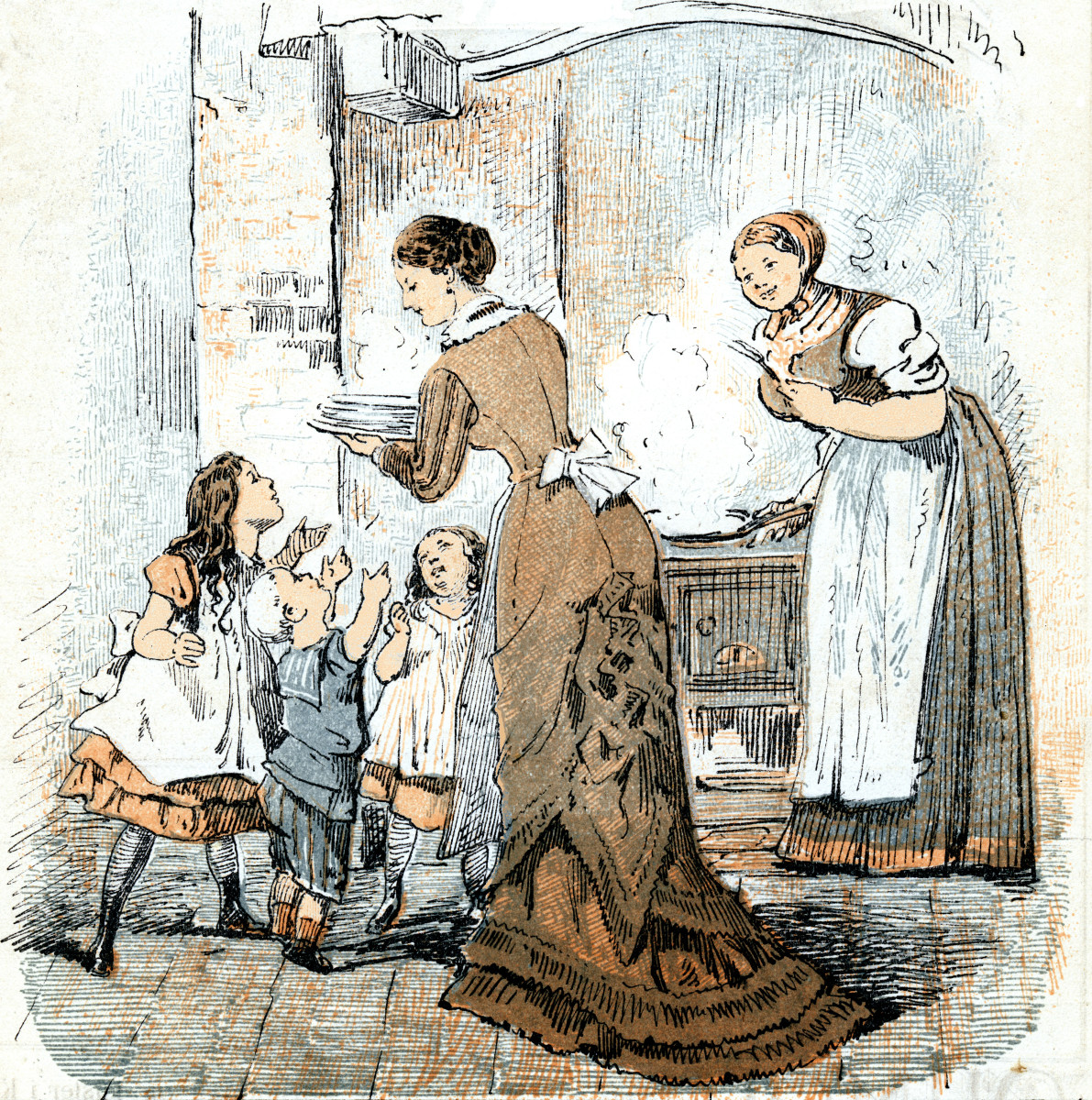
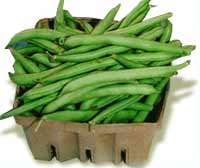
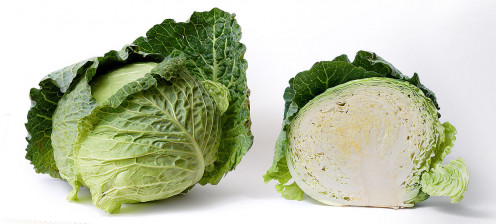
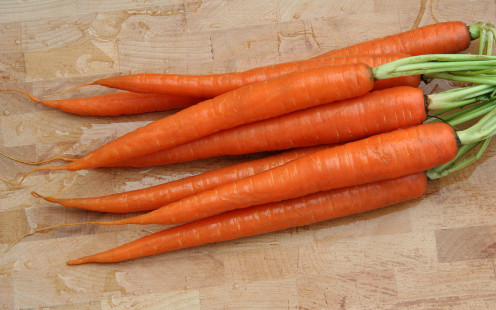
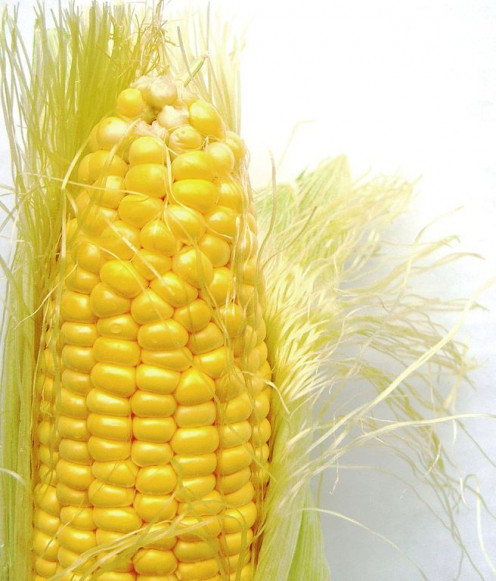
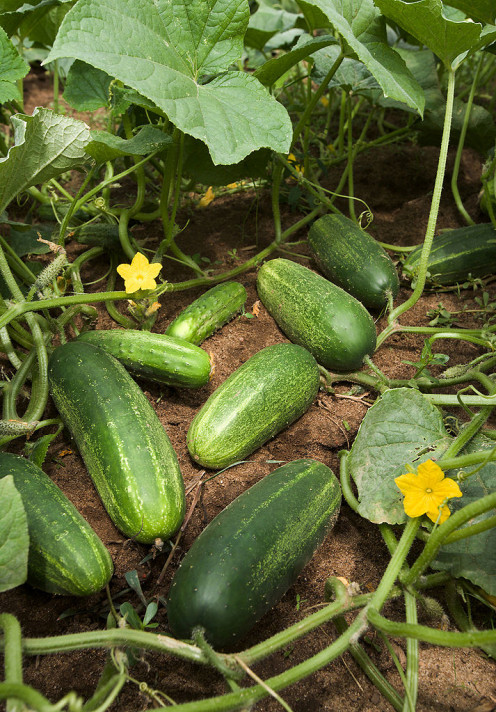
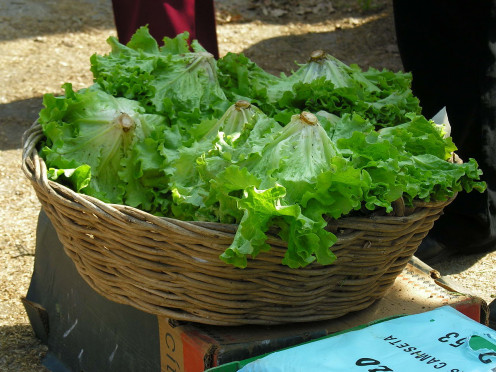

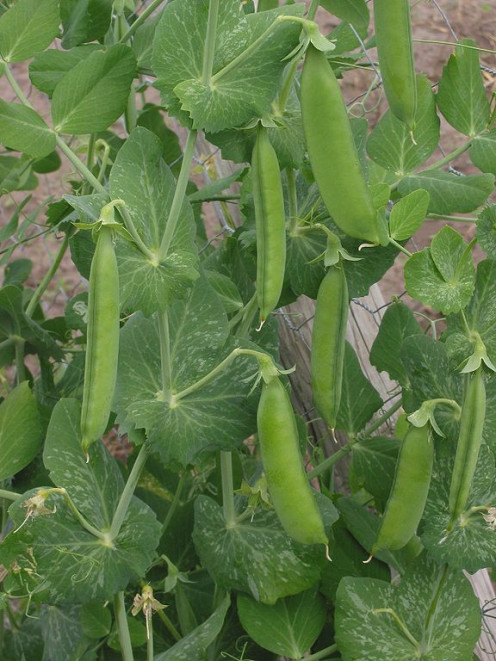
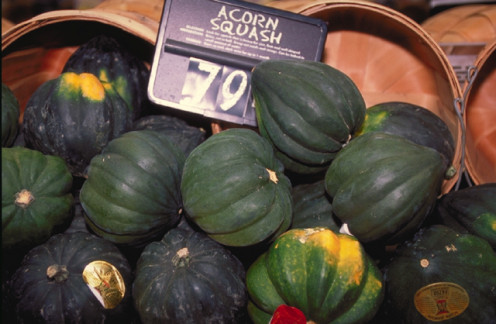
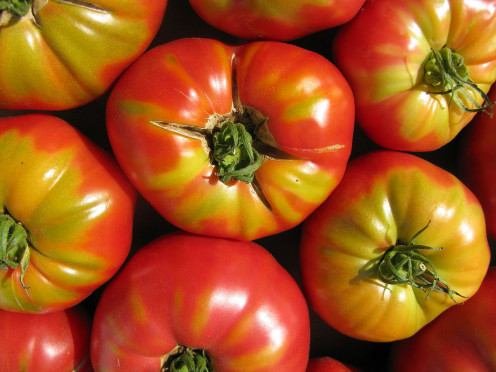
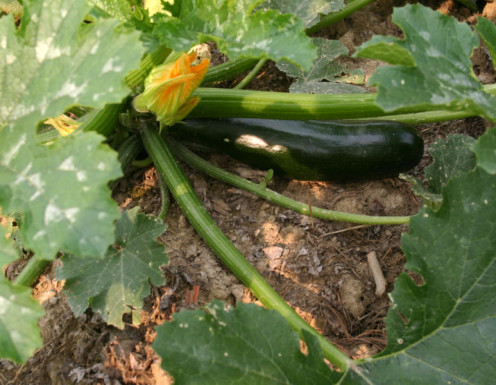
What is Mornay Sauce?
My Mother's Cooking
===================
Fresh Garden Vegetables
===================
When I was growing up in a small town in North Central Wisconsin, my father would plant more than a quarter acre of vegetables every year. Starting in May, we would have winter onions and fresh asparagus.
------------------------------
In June there would be peas, rhubarb, leaf lettuce, radishes and green onions. By July, the beans, cucumbers, peppers and tomatoes would be ready and the carrots would be large enough to eat.
------------------------------
In August it was fresh corn, peppers, zucchini and the potatoes would be almost full sized. Sometimes we grew small watermelons too. In September it was cabbage, pumpkins and winter squash.
------------------------------
Along the way there would be strawberries, blueberries, raspberries, currants, plums and apples and in season, my mother would buy a bushel of fresh pears and peaches for canning.
-----------------------------
Each year, my mother would can a hundred quarts of tomatoes plus lesser amounts of pickles, sauerkraut, beans, corn, applesauce, rhubarb, peaches, pears and various jams and jellies.
----------------------------
However, this Hub is not about canning but rather about how my mother prepared our fresh vegetables in season.
===================
Asparagus:
===================
If you have never had asparagus fresh picked from the garden, you don’t know what you are missing. It doesn’t need fancy sauces like Hollandaise or Mornay, just a little salt and some butter.
-----------------------------
Do not overcook the asparagus. Place them in cold salted water, bring them to a rapid boil uncovered, and drain them in about five minutes when a single spear will bend slightly but not droop when you hold it with tongs by one end.
-----------------------------
If you are cooking store bought asparagus, add about a tablespoon of sugar to the cooking water to replace the natural sugars, which are lost as the asparagus lies around.
-----------------------------
Asparagus can also be eaten raw in salads and it is great in Chinese stir-fries.
==================
Green Beans:
==================
Green beans can be boiled and served just like asparagus but here are two variations that my mother sometimes made:
=================
Creamed Green Beans:
=================
- Trim the ends from one pound of fresh green beans and cut them into one-inch pieces. Blanch them for 60 seconds in boiling water.
- Make a béchamel sauce using 3 tablespoons of butter, 3 tablespoons of flour and one cup of milk. Salt and pepper to taste.
- Add the blanched beans and simmer until the beans are just tender.
My mother would serve these beans along with boiled or baked potatoes when there was no gravy. We would eat them on top of the potatoes just like typical milk gravy.
==================
Green Beans with Toasted Almonds:
==================
- Trim the beans and cut them into two-inch lengths on an angle (French style) and blanch them for 60 seconds.
- Toast the sliced almonds in a skillet in a little oil until they are slightly browned and remove them to another bowl.
- Add two tablespoons of butter or olive oil to the pan and lightly brown two cloves of sliced garlic.
- Add the green beans and stir-fry them for a few minutes until they are just tender.
- Return the toasted almonds and season with salt and pepper.
===================
Beets:
===================
If the beets were large, my mother would frequently can them as pickled beet slices to be eaten in the winter. However, when they were still young, (smaller than ping-pong balls), she would boil them along with their greens and serve them as a side dish.
===================
Sweet and Sour Beet Greens:
===================
- Wash the fresh, young beets along with their greens and boil them in lightly salted water until the beets are just fork tender.
- Drain off most of the water and add ½ cup of red wine vinegar mixed with ¼ cup of sugar and six cloves.
- Toss the mixture thoroughly, adjust with salt and pepper to taste and serve warm.
===================
Cabbage:
===================
My mother would often make stuffed cabbage, sauerkraut or coleslaw when the cabbages were ripe. Sometimes she simply served the cabbage as a side dish and here are two possible variations:
==================
Creamed Cabbage with Bacon:
==================
- Wash a small head of cabbage, remove the core and cut it into small wedges.
- Blanch the wedges in lightly salted water for three minutes and immediately drain and rinse them in cold water to set the color.
- Render 4 ounces of bacon cut into ¼ inch strips and remove the bacon to a separate bowl.
- Add two tablespoons of flour to the bacon grease and mix thoroughly with a wooden spoon to form a roux.
- Gradually add a cup of milk while stirring to form a Béchamel sauce. Adjust to taste with salt and pepper.
- Return the cabbage to the pan and mix thoroughly.
- Place the mixture in a large serving bowl and sprinkle the crisp bacon over it.
===================
Creamed Cabbage with Toasted Bread Crumbs:
===================
- Proceed as in the recipe above but instead of cooking bacon, lightly toast a half a cup of Panko breadcrumbs in two tablespoons of butter.
- Remove the toasted breadcrumbs, add two more tablespoons of butter and finish the recipe the same way except that you sprinkle the breadcrumbs on at the end in place of the bacon.
==================
Carrots:
==================
My mother generally only used carrots in cooking to flavor dishes like soups and stews rather than as a side dish. The one exception that I recall is:
=================
Fried Glazed Carrots:
=================
- Scrape about a pound of large carrots and slice them into rounds about 1/8 inch thick.
- Melt a half a stick of butter in a large frying pan and fry the carrot slices just the way that you would fry potatoes. Salt and pepper to taste.
- When the carrots begin to soften, sprinkle them with two tablespoons of brown sugar and continue cooking until the sugar caramelizes.
Plain granulated sugar can be used in place of the brown sugar in a pinch but the taste will be a little lighter.
===================
Fresh Corn:
===================
Each year my father planted 4-5 rows of sweet corn. It was always a variety called Golden Bantam and each plant only produced two small ears of corn but what they lacked in size they made up for with sweetness and flavor.
-----------------------------
I would pick and clean a dozen ears of corn about an hour before supper and my mother would boil them in salted water.
----------------------------
Today the ears of corn are larger and perfectly formed but the lack some of the flavor that our corn had.
----------------------------
If you must use corn from the supermarket or even from a farmer’s markets, add a few tablespoons of sugar to the water when you boil the corn to replace the sweetness that is lost as the corn sits around.
==================
Cucumbers:
==================
We generally ate our cucumbers fresh from the garden with a little salt or in salads. My mother also used to can a lot of jars of dill pickles. However, sometimes she sliced them and served them in cream.
----------------------------
Try not to let the cucumber get too big or the seeds will be too large and they will not taste as good. In the summer, I use locally grown cucumbers and in the winter I use English (so-called seedless) cucumbers.
==================
Creamed Cucumbers (or Leaf Lettuce):
==================
- Peel and slice about 6 medium sized cucumbers in a large bowl.
- Salt and pepper them to taste.
- Mix two tablespoons of sugar with a pint of cream and ¼ cup of red wine vinegar.
- Pour over the cucumbers, mix well and refrigerate for at least an hour before serving.
Serve as a side dish by itself or to eat with or over mashed or boiled potatoes.
This same recipe works well with fresh leaf lettuce (Boston or Bib lettuce can also be used but not Iceberg lettuce).
==================
Fresh Peas:
==================
An hour before supper, my mother would ask me to pick a large kettle full of peas. We didn’t shell them. We simply boiled them in salted water and everyone would get a small bowl full. We would hold them by the stem, put them between our teeth and gently remove both the seeds and the fleshy parts of the pods.
----------------------------
If you don’t grow your own peas, I prefer to use frozen peas over anything that you can buy at the supermarket. Then, they can be sautéed quickly in butter. I like to add small frozen onions as in the following recipe:
=================
Peas with Onions:
=================
- Cut two strips of bacon into ¼ inch strips and sauté them in a medium-sized pan with a cover.
- Add a package of frozen peas, half a package of frozen pearl onions, a teaspoon full of sugar and salt and pepper to taste.
- Mix well and simmer covered over low heat about five minutes until the peas and onions are soft.
If you prefer not to use bacon, use two tablespoons of butter instead.
==================
Acorn Squash:
==================
- The simplest way to make this, is to remove the stems, cut each squash in half (in quarters if the squash are large) and scrape out the seeds.
- Place the squash, skin side down in a baking pan, salt and pepper them and place a small pat of butter in each one.
- Bake in a 350F oven for about 40 minutes until the squash is done.
- Serve on small plates and let everyone mix up the contents of their portion with a teaspoon. They can add more butter if they wish.
==================
Tomatoes and Zucchini:
==================
My mother canned about a hundred quarts of tomatoes every year. We ate the fresh tomatoes mostly just sliced with a little salt. (My father liked to sprinkle a little sugar on them.) If my mother cooked tomatoes directly from the garden, it would usually be along with another vegetable such as the zucchini in the following recipe:
==================
Zucchini with Onions and Tomatoes:
:==================
1. Start with a pound of zucchini. If they are small;, slice them in half lengthwise and into 1/4 inc thick slices. If they are larger cut them into quarters and then slices.
2. Peel two large onions and cut them in half and then into eighths.
3. Blanch and peel 2-3 large tomatoes and coarsely chop them.
4. Place four tablespoons of butter or olive oil in a skillet and add two cloves of garlic finely chopped and the onion pieces.
5. Cook over moderate heat while stirring for 3-4 minutes and then add the zucchini.
6. Salt and pepper to taste and add 2 tablespoons of ketchup and the chopped tomatoes.
7. Add a tablespoon of dried basil or thyme and continue sauteeing until the vegetables are done.
=========================
How to make Bechamel Sauce
Creamed Cabbage with Bacon
Glazed Carrots
Green Bean and French Onion Casserole
More recipes by rjsadowski
- My Mother's Cooking - Pierogi Filled With Cottage Ch...
There are many ingredients that you can use as filling for home made pierogi. Mashed potatoes with cheese or onions is frequently used. Other fillings include sauerkraut, mushrooms, fried cabbage or even meat and fruit. My mother always used a mixtur - My Mother's Cooking - Norwegian Staples - Krube and ...
My mother learned to make Norwegian krube and lefse from her first husband's mother. These potato based Norwegian staples are easy to make, hearty and delicious. Krube is a large potato dumpling with a surprise in the middle and lefse is a thin, gril - My Mother's Cooking - Baked Beans and Pork Chops
One of my fondest memories is visiting my aunt Anna and smelling the baked beans that simmered all day while our parents sat around and talked. This is my mother's recipe for homemade baked beans which is similar. If you add some pork chops while coo - My Mother's Cooking - New England Clam Chowder with ...
When my mother needed to make a quick and easy supper, she would combine bacon, onions and rice with cream of mushroom or cream of chicken soup. Since then. I have discovered that using chunky New England clam chowder and adding some basil makes this - My Mother's Cooking - Homemade Soups (Chapter 8)
When my mother made soup, it was intended to be eaten as an entire meal. All of her soups were thick and contained either noodles, dumplings, rice or potatoes. Her meatless soups were made from vegetables that we grew in our own garden. Her chicken s - My Mother's Cooking - Chili Soup with Shell Noodles
My mother's soups were always hearty enough to serve as one-dish meals. Her recipe for chili soup is no exception. Made with ground beef, tomatoes, kidney beans, green peppers and shell noodles,it makes a complete meal. You can adjust the spicyness b - My Mother's Cooking - Corned Beef and Cabbage (New E...
Around St. Patrick's Day, corned beef and cabbage generally goes on sale. My mother frequently used this opportunity to make her version of a New England boiled dinner by adding carrots, potatoes and onions along with her own seasonings. We all looke - My Mother's Cooking - Baked Meatloaf
My mother made meatloaf to stretch one pound of ground beef to feed four hearty eaters. My wife continues the tradition and adds her own touches - mushrooms, onions and dijon mustard with a ketchup, corn syrup glaze. She normally makes enough to serv - My Mother's Cooking - Pork Loin Roast - Two Differen...
My mother made pork loin roast in the traditional way. She used a standing pork rib roast and seasoned it with apples, onions and thyme. By the time my wife started cooking pork roasts for us, there were boneless roasts and everyone was concerned abo - My Mother's Cooking - Boiled Potatoes and Potato Sal...
My mother often made boiled potatoes for our evening meal because they are easy to make and my dad liked them. Boiled potatoes can be eaten in soups or with butter or gravy. Of course boiled potatoes also form the basis for various potato salads whic



